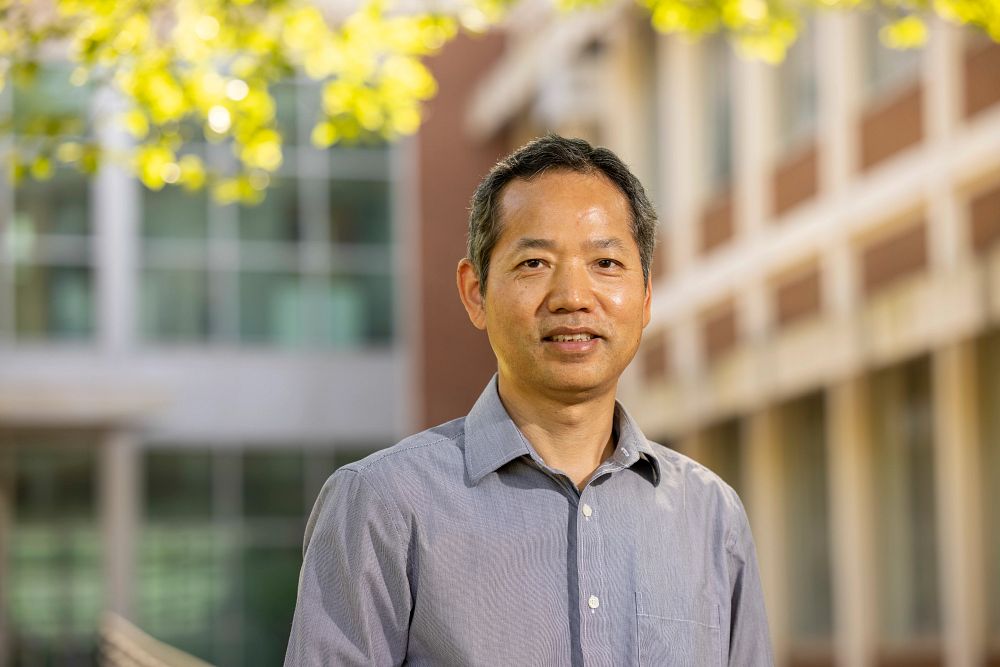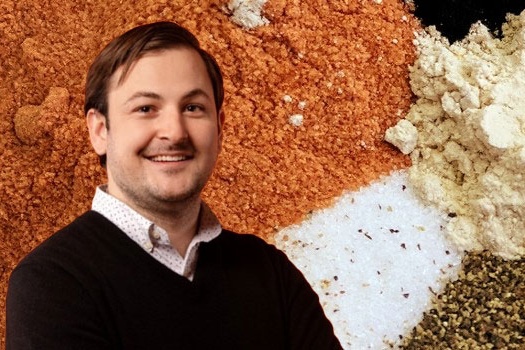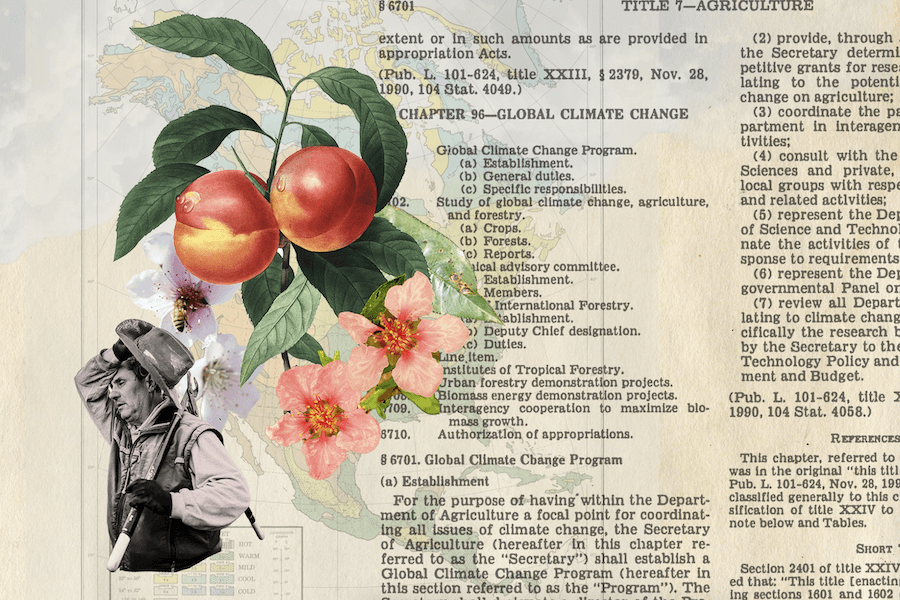The Vidalia onion is Georgia’s official state vegetable and No. 1 fresh vegetable crop. Like any major crop, it has its fair share of problems – ones University of Georgia researchers want to fix.
Onions are the third most valuable vegetable in the United States. Worldwide, it’s the second most valuable vegetable.
Before onions get to consumers, growers and packers must deal with disease, storage and handling problems. UGA College of Agricultural and Environmental Sciences researchers are leading a national team to solve some of these. A three-year $774,581 grant from the U.S. Department of Agriculture National Institute of Food and Agriculture Specialty Crop Research Initiative will help them do it.
The team’s goals are to detect infections and rot that hide deep within onions right after harvest and then while in storage. They also want to find a better way to get rid of rotten onions, said UGA biological and agricultural engineer Changying “Charlie” Li, who will oversee the project.
The research team includes UGA plant pathologist Gitaitis and CAES engineers Gary Hawkins, Bill Tollner and Chi Thai, food scientist Rob Shewfelt and horticulturist Dan MacLean. Other universities or cooperators on the team are Colorado State, Mississippi State, Auburn, Idaho, Cornell, Arizona, Tsinghua (in China) and Georgia Southern.
“Can we reduce the amount of damage in onions out there in the retail market?” asks Gitaitis. “Improving the detection, that’s what this research is about.”
Post harvest
After onions are harvested, workers check them for blemishes, diseases and other issues. Onions that make the grade are sent to grocery stores or are cured and stored. Onions that don’t make the grade are tossed aside.
Human eyes and hands can’t detect all onion problems.
“The problem comes down to detecting infections that cannot be seen from the outside,” Gitaitis said.
“That means some defective onions, bruised onions, will end up on a shelf,” Li said. “Consumers will buy them and not be satisfied with their quality, and then they won’t buy them anymore.”
The team wants to develop an onion sorting machine using X-ray and hyperspectral imaging, which could detect many of the problems.
Hyperspectral imaging can detect infrared, ultraviolet and visible light and predict sugar, water and hydrogen components of onions. X-ray machines can look through the onion’s layers and see the diseases.
Storage
“Onions are actually subjected to 60 post-harvest diseases,” Li said.
Onions are stored in big warehouse rooms for four to six months. If one onion is infected, the problem can easily spread.
“Sometimes when growers open the storage rooms, 50 percent of their onions are infected by diseases, half are infected by neck rot or sour skin,” Li said. “It’s a huge loss of money.”
Their team is working to develop technology that will “smell” when an onion goes bad. They’re testing an electronic nose to see if it can detect disease and sensors to see if they can trace the location of those diseases.
“It’s a device similar to those they use to detect possible terrorist attacks,” Li said. “It measures the air and can detect the location” of the problem.
Fuel
Culled, or bad, onions are often dumped in fields.
“They can pollute soil and pollute the water,” Li said. “And, for neighborhoods, the smell is a social issue. How to manage this waste stream is very critical.”
Diseased onions put back on fields can lead to more diseases.
Gary Hawkins, a CAES pollution prevention and alternative energy specialist, is working to turn unwanted onions into fuel, specifically methane gas. To do so, he shuts them in containers called anaerobic digesters, which are void of oxygen and contain bacteria. The digesting onions produce methane gas that can be used to heat buildings or to run electricity-producing generators.
Based on chemical tests, onions are second only to blueberries in their potential to produce the most methane, Hawkins said.
Economic impact
Automated systems can help farmers and packers save money. Fewer rotting onions can generate more income in the 13 rural Georgia counties where they are grown. But a new sorting system could cost jobs. Part of the grant will be used to analyze the possible effects of automated onion sorting.
“We’re doing a socioeconomic analysis to see if we totally replace those laborers, where they can find a job,” Li said. “These are good technologies, but what’s the cost? Are they too expensive to afford? How can the farmers get their investments back?”

-IMG_7085-low.jpg)
-IMG_7085-thumb.jpg)







